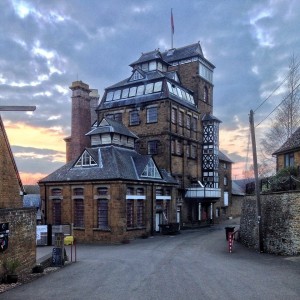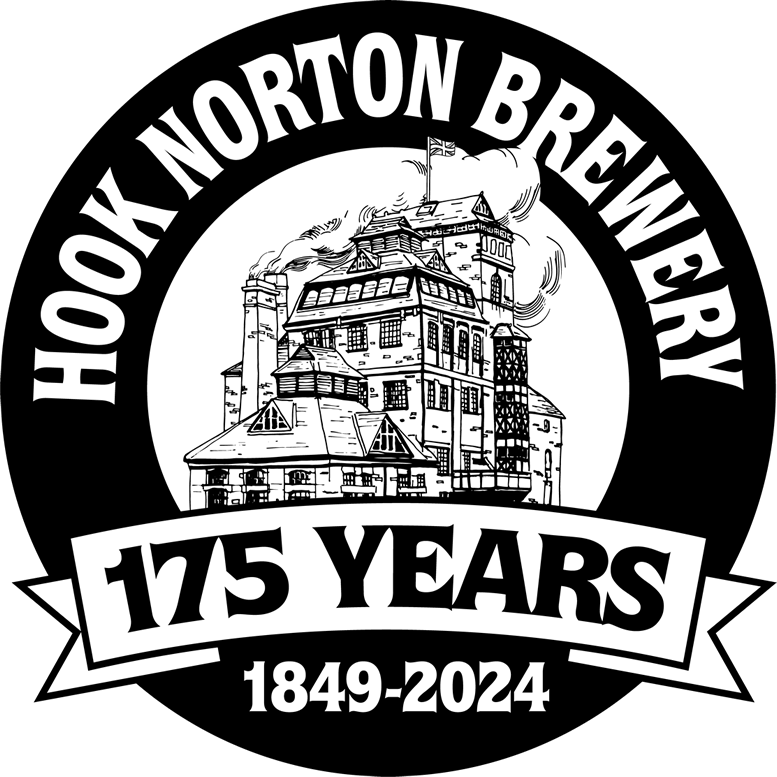
Looking back at Brewing and Pubs in Hook Norton
Looking back at Brewing and Pubs in Hook Norton.
Today, when there’s talk of Beer in Hook Norton we naturally think of the ales brewed by our famous Brewery here in Scotland End
In 1300 the Brewing scene was very different, and we have Margaret Dickens history of the village to thank for giving us an insight into this. Then it seems the only standard for Ale was that it had to be of a certain Quality and should not be overpriced. Brewing licenses were issued by the Lord of the Manor and officials known as Tythingmen checked these Licences while Tasters checked the Quality.
Brewing then was very much a cottage industry and the Ale produced would be without hops consisting of Barley Malt for sugar, which yeast would convert to alcohol, with fruit and herbs added for bitterness and flavour. When a brew was ready for sale the brewer would put up a sign outside to make customers and the taster aware. Such picture signs were a forerunner of the Pub signs we see today.
It seems there was considerable rule breaking going on as, according to Dickens, in 1341 the following were find 6d each for brewing without a License; ‘Matilda Coventre, Thomas Tailour and Agnes Couhernde’. Also, Tythingmen themselves were find 4d each ‘For the concealment of brewing’.
In 1500 we learn of five brewers of Ale in the village namely, ‘John Clerke, Robert Playsto, Richard Hyde, Agnes Goffe and Elizabeth Fyttes, and Thomas Pufford and John Clyfton’ as tasters.
The year 1700 saw the introduction of Verification and Capacity marking of drinking vessels and measures. This is still in place today of course with the familiar Monarch’s Crown and capacity mark on glasses etc. The early mark for Hook Norton vessels would have been the relevant Monarch’s crown and a number, either 547 (Banbury) or 113 (Oxford County). Hook Norton did not have its own number allocated.
The Beerhouse Act of 1830 enabled more individuals to Brew and sell Beer by removing a lot of the red tape involved plus the introduction of a reduced licence fee. This had a dramatic effect in the country as a whole, in 1830 there were around 1000 retail brewers, and in 1839 this had risen to 18,000.
When John Harris became established in 1849 as a farmer and Maltster we learn from David Eddershaw that he supplied Malted Barley to local brewers including; The Sun, The Red Lion, The Bell, The Wheatsheaf and The Gate. There were other Pubs here at that time of course including: The Fox & Hounds (where Turpin’s Lodge is today), The Old Red Lion Southrop, The Talbot in Garrett Lane and The Blackbird in Chapel Street. In fact, the late Percy Hackling had researched the pubs in Hook Norton and there appears to have been no less than 17 different pubs and Beer Houses in the Parish over the years.
According to Mike Brown it seems that by the late 1800′s the most of the old Hook Norton brew pubs were selling their brewing equipment and being taken over by local Breweries. The coming of the Railway would have opened up the village to competition and we find The Bell eventually becoming a Hunt Edmunds, Banbury pub; the Wheatsheaf Hopcraft & Norris/Chesham & Brackley and The Red Lion, Chesham & Brackley/Phipps of Northampton. The Sun and the Gate became John Harris/Hook Norton Brewery tied houses, in addition to the Pear Tree and Railway Hotel, while the remainder mentioned above closed.
Of the local Breweries mentioned of course, only Hook Norton remains.
James Tobin.
Sources/further reading:
A history of Hook Norton 912-1928 – Margaret Dickins.


